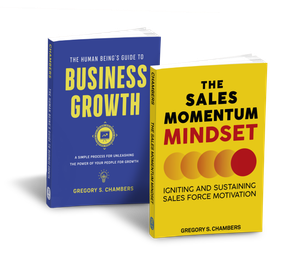Big Data and High School Basketball
Big Data and High School Basketball
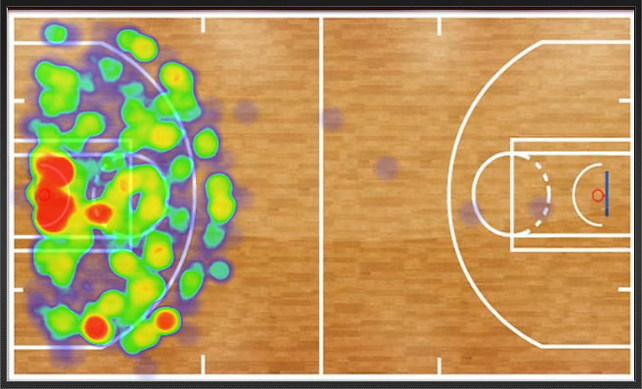
You may or may not know this but (as of today) I have a junior in high school that loves playing basketball. His household nickname is "Wavers" but he assures me that he has "other nicknames that are way better". Each of the past 3 years I sit through anywhere from 20-40 games watching boys of varying sizes and shapes play ball. Varying skill sets too.
Comparisons to the game "back in the day" are inevitable. I was lucky to play for a "progressive" coach who used to play for the University of Wyoming. Huge man. Deep voice. "Chambers", I can still hear it. (shudder) Back then, they used some pretty progressive technology to help us gain an advantage over our opponents.
A giant camcorder.

On Mondays we would run and run and run then watch video breakdowns. 12 sweaty guys crammed into a coach's office huddled over a small television. I can still see the grainy video as he used the Pause and Advance buttons to show us what went right and what went horribly, horribly wrong. "Chambers, what were you thinking?" A mimeograph of a scribbled stat sheet showed us key numbers from the weekend's games.
Needless to say, with that background I find myself fascinated by the use of computers and ipads at my son's games. Those cameras are still up at the top of the bleachers just like 1985 (albeit tiny HD cameras), but sitting court-side I see assistants plotting data points all game long. Who came in at what time and what happened while they were in there. They look something like this:
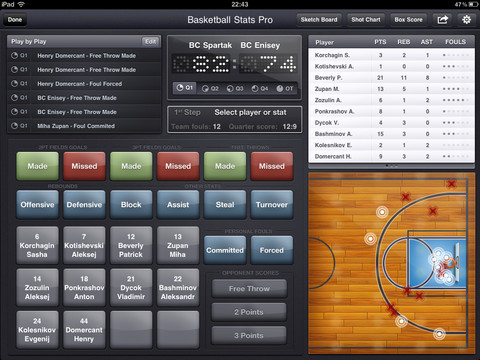
When my son attended a fall basketball camp, they measured his dribbling speed, shot release time and shot arc with basketballs that have motion sensors in them, hooked up to a laptop. Absolutely fascinating.
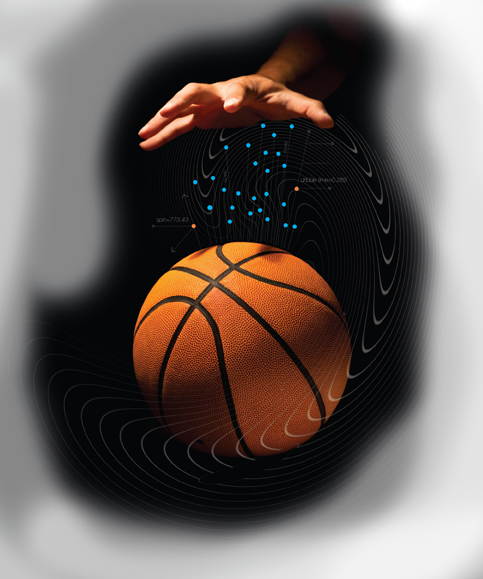
On top of that, a local Nebraska company took some technology developed for the University of Nebraska football team and developed Hudl. A SaaS tool that allows just about anyone to upload video, mark it up, cut it down and parse it out. No more trading VHS tapes.
Lots of data. Unstructured data.
What spurred this note today is an article I read about college basketball player, Aaron Craft.

A hard nosed, extremely smart point guard from Ohio State University. The article was nice, but what struck me was his use of data to gain an advantage. The ability to take in unstructured data and make sense of it, then apply it in a game-time situation. Like Moneyball. Taking advantage of a gap in knowledge. By the time everyone gets around to using the same data, he'll have moved on. Taking his advantage with him.
And that reminded me of an article I read late last year. SI had an analysis of whether or not Jeremy Lin and James Harden could play together. Showing a data breakdown like this:
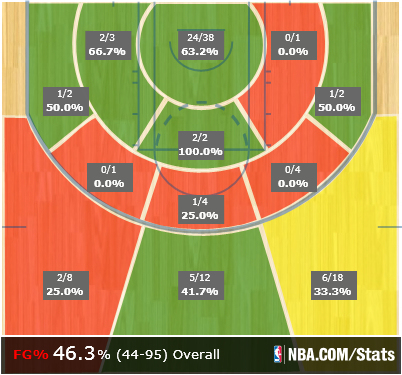
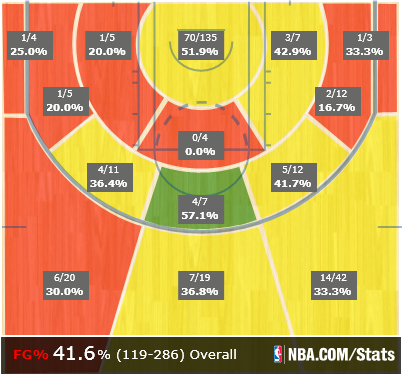
Where are you going with all this?
Good question.
With the caveat that teenage boys are not always "present" during questioning and prone to one word answers, I ask about my son about stats. I fish for data points. Insights from the reams of unstructured data that are clogging up hard drives in his school. Listening for those insights that sound similar to the analysis that Aaron Craft draws from in his quest to become defender of the year. What do I find?
The insights are not there.
I dig further and check with his friends and acquaintances too. Then on to coaches. Head, assistant, summer ball. My old buddies in Colorado that have drifted into coaching. Anyone with some insight. Here's what I found.
It's not unusual. Lots of data is collected but not much is being done with it.
As a matter of fact, each of these emails and conversations sound nearly identical to the client work that I've been doing. Except those conversations are with big companies that aren't trying to win games, they're trying to add value to the economy. There's a lot of data floating around out there and no one has time to do something with it.
I'm surrounded by big data opportunities! So are you.
A lot of data is being collected. It needs to be put into a usable format. Conclusions need to be tested and decisions made. Data influenced decisions.
It's a lot of work. It's extra work. Done with care, it begins to give you an advantage that will move the needle. Pivot.
The advantages found in interpreting data can be short lived but the process of collecting and using data to gain an advantage will continue into the foreseeable future. Someone just has to roll up their sleeves and get to work. Let's get to it.
Good stuff.
About the Author: Greg Chambers is Chambers Pivot Industries. Get more business development ideas from Greg on Twitter.



